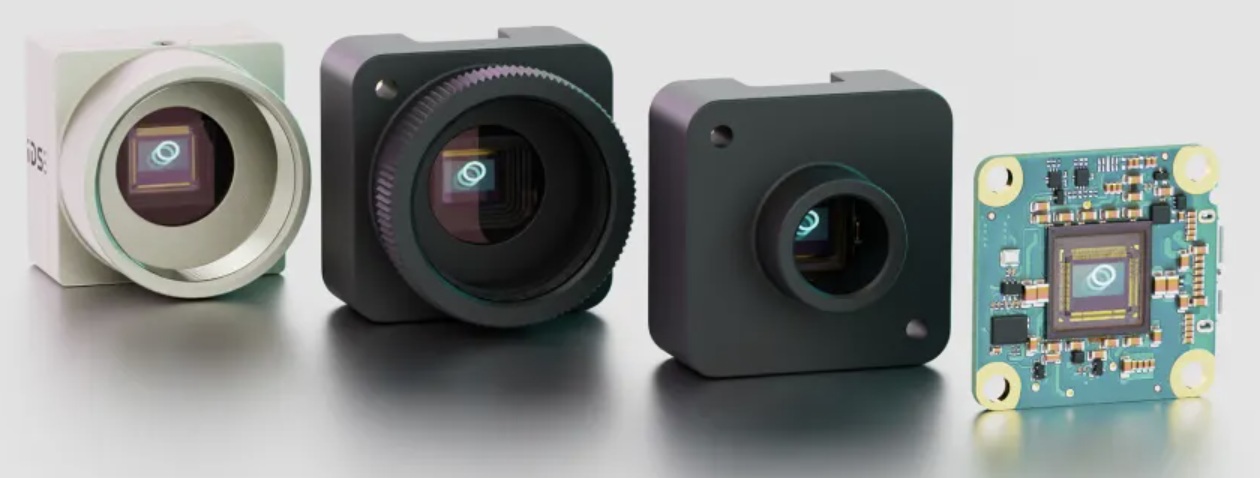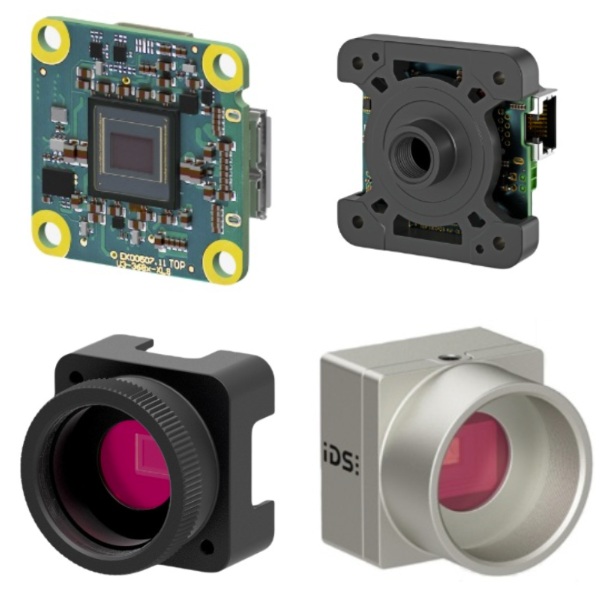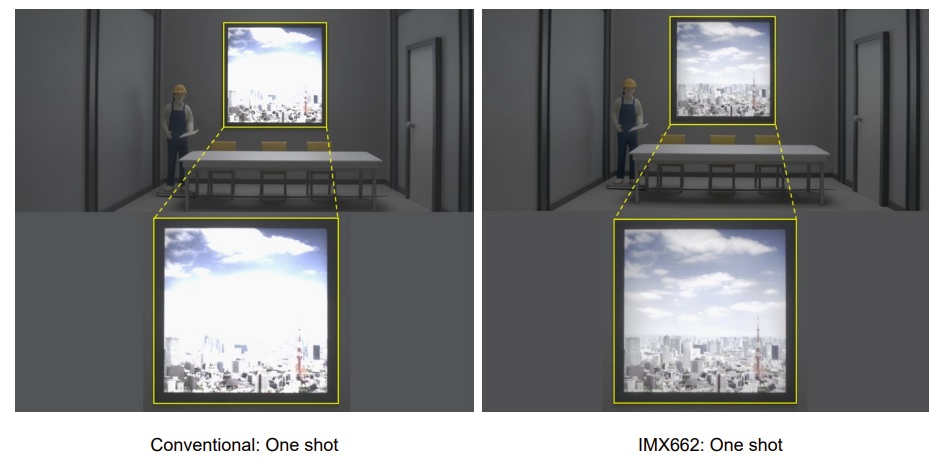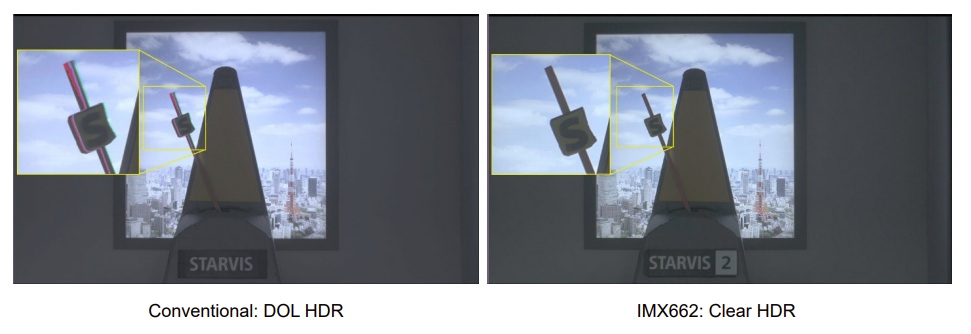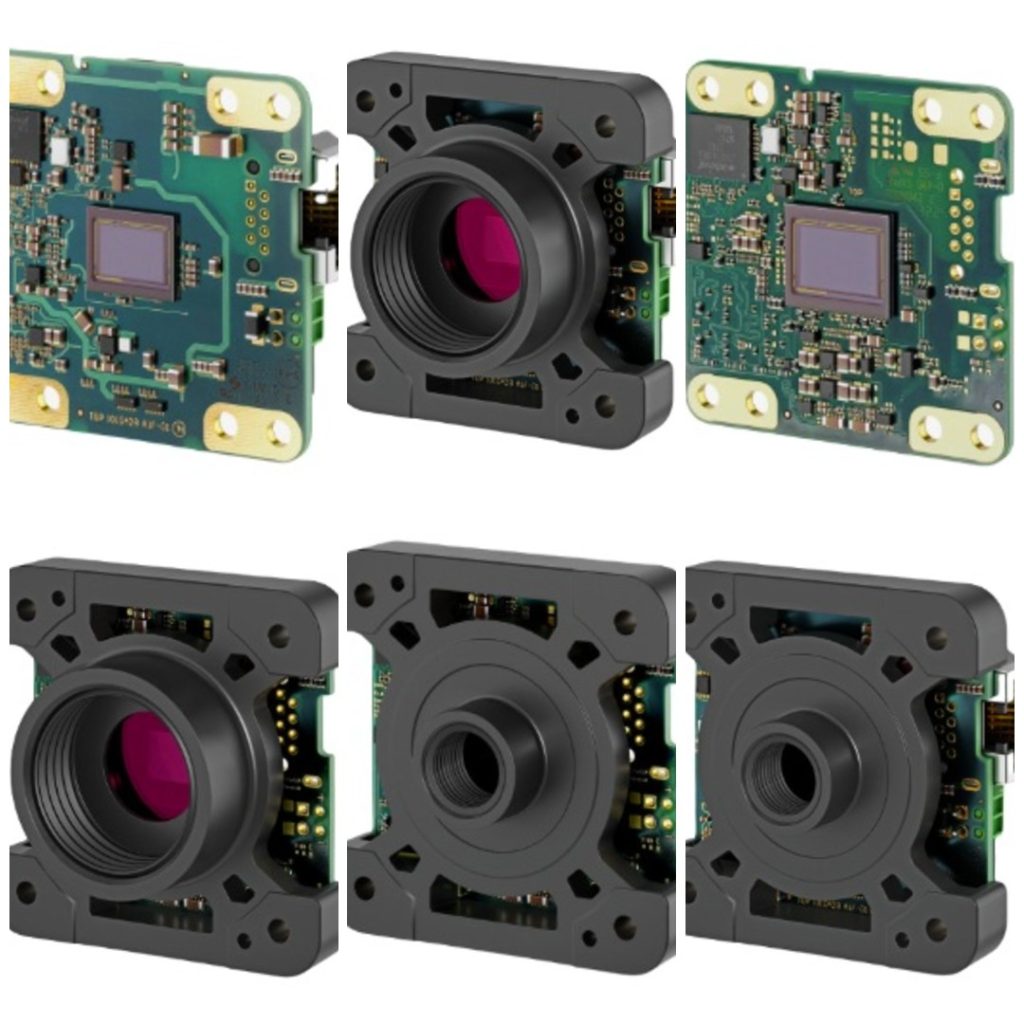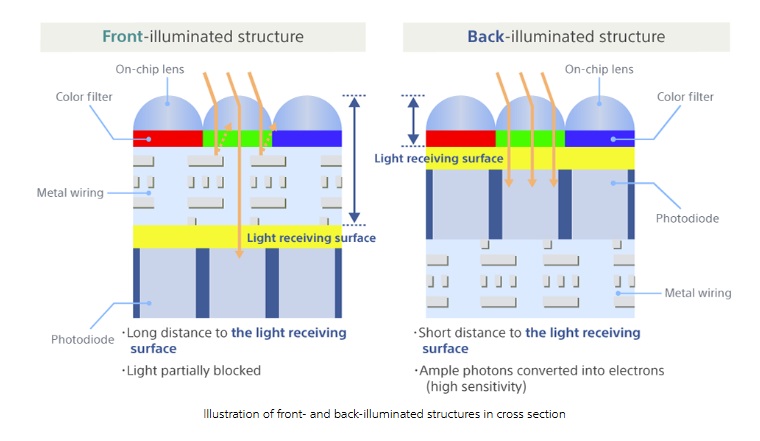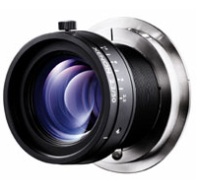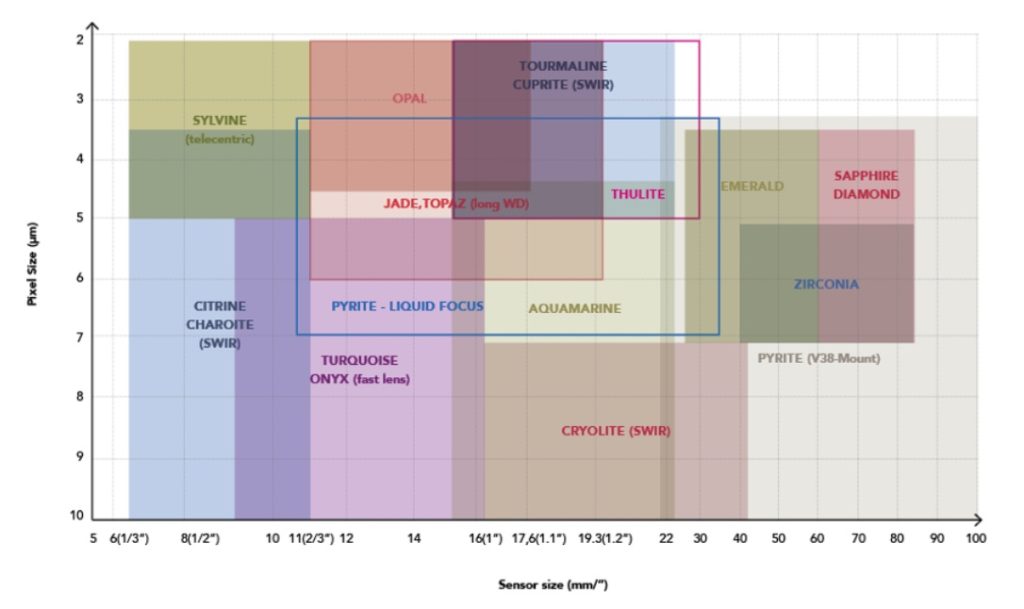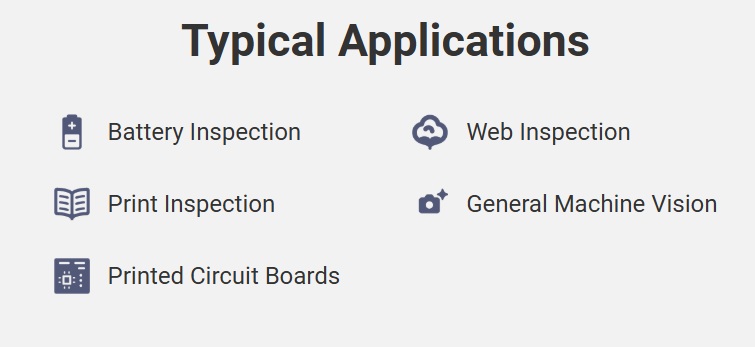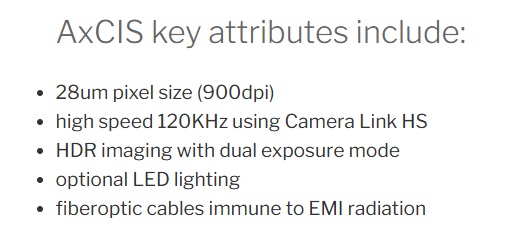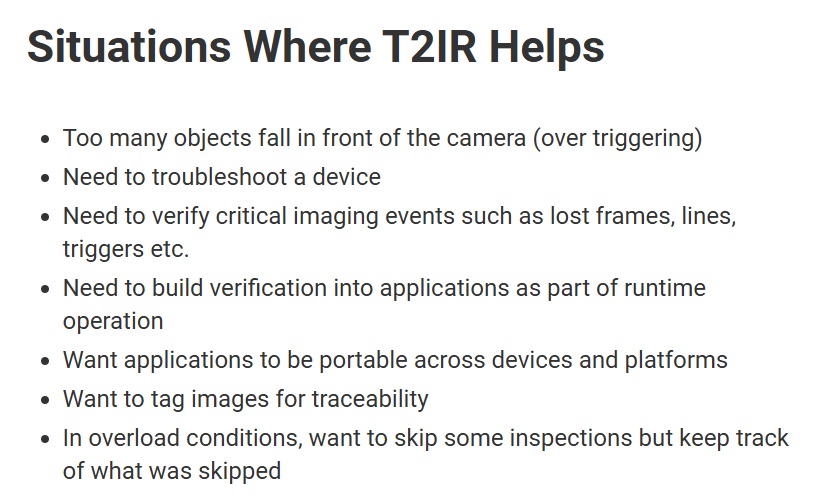The μEye XCP-E event-based camera utilizes Sony’s Prophesee IMX636 sensor. So, by design, it captures only relevant image changes. Event-based imaging can be a game changer for certain applications. Unlike area scan or line scan imaging – which capture every pixel and render a “full image” – event imaging only senses and delivers changes.
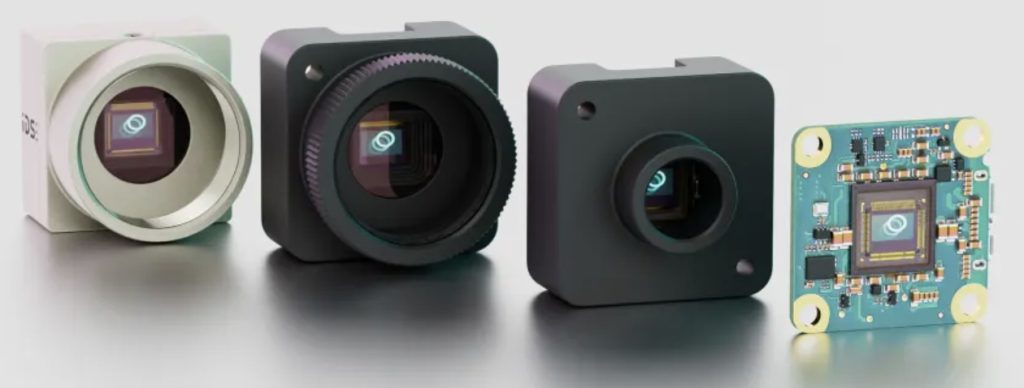
Event-based imaging captures the changes:
Less is more
Playing on the “less is more” adage reveals key insights into event-based imaging.
The human eye is adept at delivering and entire scene, of course, and that’s how most of us imagine we see the world around us. But our overall vision perception also builds upon the eye’s ability to sense brightness changes within small segments of the overall scene..
Consider a baseball batter awaiting a pitched ball. The overall scene is relatively static: the outfield fence, bases, and foul lines aren’t moving. And the infielders are almost static – relative to the motion of the ball. But the pitched ball approaching at 80 – 90 miles per hour can be identified by a good batter, to gauge “strike or ball” and “swing or take”.
The batter’s visual processing does NOT have time to capture the full scene at each instant of “ball release”, “just released”, “mid-way”, and “arriving soon”. Rather, the ball’s trajectory is discerned as successive changes against a static background. So too with an event-based camera.
Less data -> More speed: In other circumstances, less data might seem like a handicap. For area scan applications it often would be. Finding defects on a static surface requires ingesting a lot of detail – all the pixels – in order to do edge detection, blob analysis, or other algorithmic processing. But by detecting “just the brightness changes”, transmitting less data is exactly what delivers the increased speed!
Applications example: motion detection and analysis
What is delivered are pixel motion coordinates and timestamps – NOT pixel brightness values. So you get useable results rather than having to algorithmically compute the results from a traditional area scan image. Track moving objects easily.
How much?
Already intrigued? The housed model, UE-39B0XCP-E, is available now, as this blog releases in early March 2025. Board-level models to be released soon.
Temporal resolution better than 100 μsec

Efficient data processing
IDS Imaging uEye XCP-E event-based cameras can be directly integrated with the sensor manufacturers’ software tools, called Metavision. That’s all thanks to Sony’s partnership with Prophesee. Since event-based imaging is a paradigm shift away from conventional machine vision approaches, the visualization tools, API, and training videos help you get up to speed quickly.
1st Vision’s sales engineers have over 100 years of combined experience to assist in your camera and components selection. With a large portfolio of cameras, lenses, cables, NIC cards and industrial computers, we can provide a full vision solution!
About you: We want to hear from you! We’ve built our brand on our know-how and like to educate the marketplace on imaging technology topics… What would you like to hear about?… Drop a line to info@1stvision.com with what topics you’d like to know more about.
